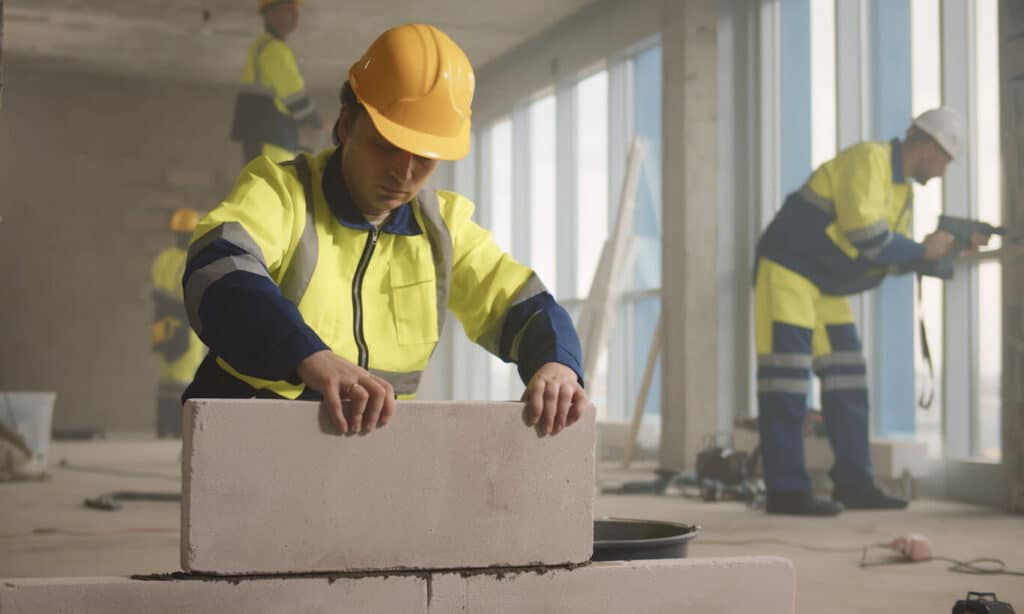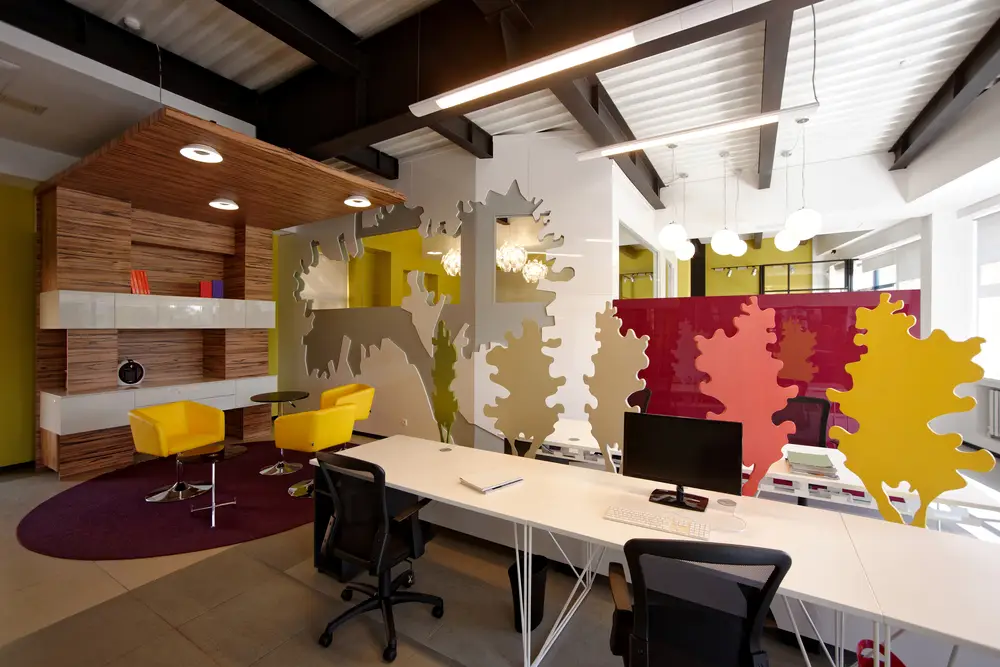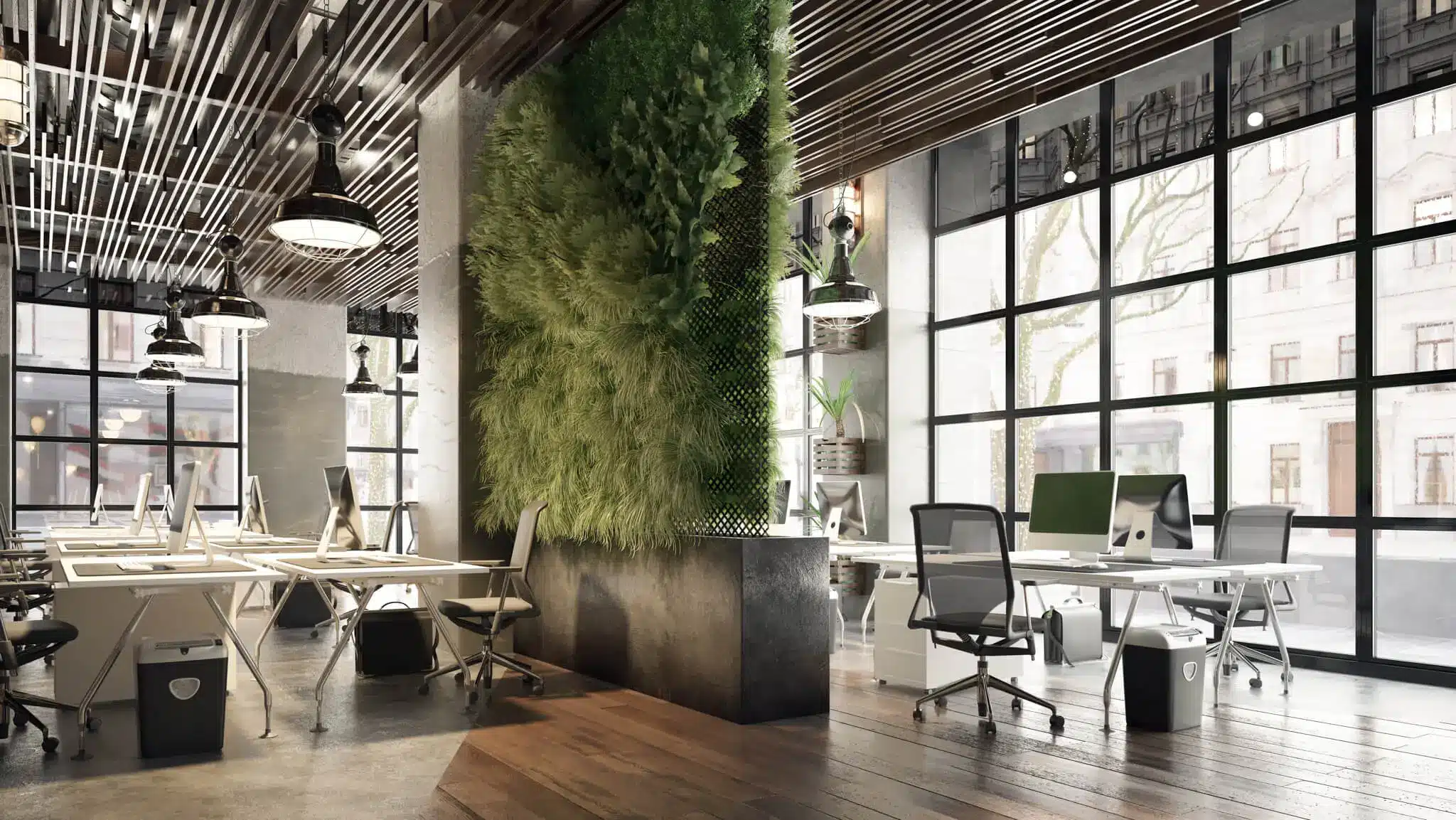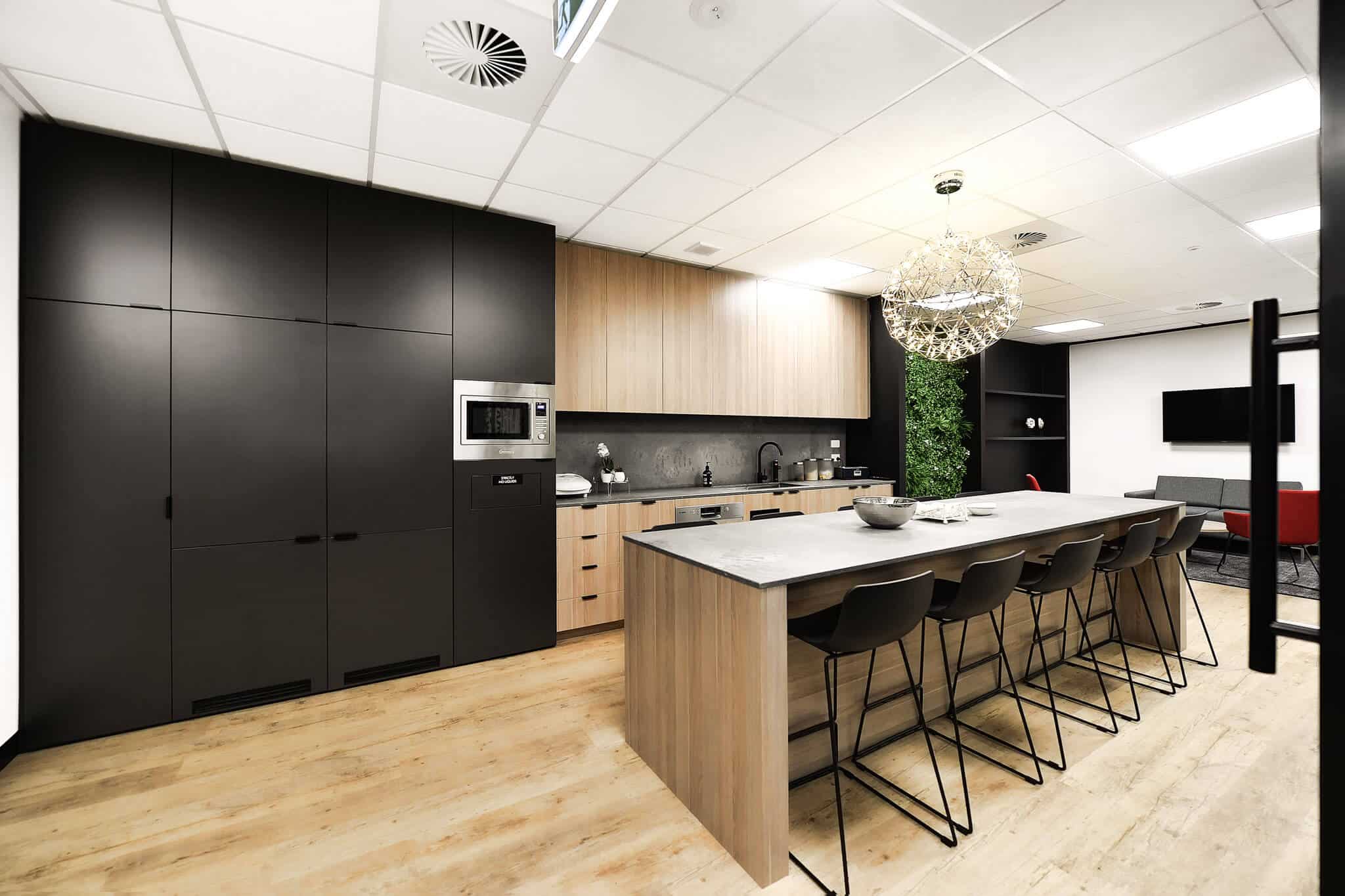Setting up a new office or refurbishing an existing one can be a significant expense for any business. In Australia, businesses can take advantage of tax deductions to minimise the cost of office fit-outs. Tax deductions allow businesses to claim expenses incurred in the course of running their business, including expenses related to office fit-outs.
By understanding which expenses are deductible and how to claim them, you can significantly reduce the cost of your office fit out.
In this article, we’ll walk you through the available office fit-out tax deductions.
First, a quick disclaimer. This article does not provide tax, legal or accounting advice. This material has been prepared for informational purposes only, and is not intended to provide, and should not be relied on for, tax, legal or accounting advice. You should consult your own tax, legal and accounting advisers to consider your unique circumstances.

Who Can Claim a Capital Works Deduction?
The owner of the fit-out is entitled to claim tax deductions for the depreciation of the fit-out under Division 43 (building) and Division 40 (plant and equipment) of the Australian Taxation Office (ATO) legislation. In this context, the owner is the person or entity who paid for the fit out, either new or second-hand.
This means that if you have made improvements to a building you own or have installed plant and equipment assets, you may be able to claim these expenses as deductions on your tax return under the relevant divisions – 40 or 43.
What are Division 40 and Division 43?
Division 43 (building) and Division 40 (plant and equipment) are divisions of the Australian Taxation Office (ATO) legislation that define what can be claimed for residential and commercial properties as tax deductions.
Division 40 (Plant and Equipment) pertains to easily removable assets such as appliances and fixtures with an effective life that can be depreciated using the diminishing value or prime cost method.
A low-value pool applies to assets that have depreciated to less than $1,000, and eligible items with a cost of $300 or less qualify for an immediate full deduction.
Division 43, on the other hand, applies to the structure of the building and includes building improvements, extensions, and alterations that can be depreciated over a 40-year period.
To maximise your tax deduction claims, you need to correctly differentiate items into their respective categories.
What are the depreciation deductions I can claim for office fit outs?
Generally speaking, claiming capital works deductions can be complex and varies greatly in different situations. However, we can provide you with some basic guidelines that give you a near-accurate idea of what to expect when claiming tax deductions for your office fit-outs.

Office Lease Due to Expire?
What Can be Claimed As Capital Works Deductions?
The following capital works can be claimed as deductions:
- Alarms
- Mezzanines
- Furniture and workstations
- Office partitioning
- Kitchens
- Ceilings
- Lighting
- Computer equipment
- Signage
- Flooring
- Built-in kitchen cupboards
- Doors, locks and door handles
- Bricks, mortar, walls, flooring and wiring
- Driveways
- Fences and retaining walls
- Sinks, basins, baths and toilet bowls
To be eligible for depreciation deductions for tax purposes, assets used in business activities must meet certain criteria. The general depreciation rules typically apply to most assets and specify the amounts that can be claimed based on the asset’s effective life. For small businesses, there is an option to use the simplified depreciation rules, which include an instant asset write-off.
Under the general depreciation rules, certain assets may be immediately written off, such as items that cost up to $100 used to earn business income and items costing up to $300 used to earn income other than from a business, like employer-provided tools and equipment. However, small businesses using the simplified depreciation rules may have a higher immediate write-off limit.
Capital Works and other business capital expenses follow different rules and are written off over a longer period than other assets. To qualify for depreciation, the asset must have a useful life of more than one year, be owned by the taxpayer, and be used in income-generating activities. Only the building’s value, excluding the land, is depreciated.
What are the different types of depreciation?
In Australia, property owners can claim tax deductions for the depreciation of their investment property. There are two main types of depreciation deductions: property depreciation and capital works depreciation.
1. Property Tax depreciation
This refers to the depreciation of the assets within the property, such as carpets, furniture, and appliances. These assets have a limited lifespan and lose value over time, and property owners can claim a deduction for their decline in value.
Property depreciation is calculated based on the effective life of the asset, which is determined by the Australian Taxation Office (ATO). The ATO publishes depreciation rates that can be used to calculate the deduction.
2. Capital Works depreciation deductions
This refers to the depreciation of the actual building and structural improvements of the investment property, such as walls, roofs, and foundations. The cost of these capital works can be claimed as a tax deduction over a number of years.
Capital works depreciation is calculated based on the construction cost of the building or the cost of the structural improvement. The deduction is calculated over the effective life of the building or structural improvement, which is also determined by the ATO.

9 COmmon Mistakes to Avoid on your Office Fitout Project
Capital works depreciation rates
The ATO rates that apply depend on factors such as the date construction began, the type of capital works, and how they are used.
For construction costs, deduction rates of either 2.5% or 4.0% apply. Similarly, for leasehold improvements, including shop fit outs, deductions must be claimed at the statutory rate of either 2.5% or 4.0%, whichever is applicable.
How do you claim depreciation deductions?
To fully leverage your tax benefits, it’s essential to possess a thorough understanding of tax regulations and construction expenses, though seeking guidance from experts in the field is advisable.
The Australian Taxation Office has created an online deductions tool that can determine the decrease in the worth of each item in your office fit-out, saving your computations for future tax filings, which can be accessed easily via your myGov account.
Two methods can be used to calculate the depreciation in value of your office fit-out: the prime cost method and the diminishing value method. The prime cost method presumes that the value of your fit-out constantly declines throughout its useful life, whereas the diminishing value method presumes that the decline in value every fiscal year is a uniform proportion of the previous year’s base value. While you can pick either method while initially computing your depreciation entitlements, you cannot change your approach after the fact.
It’s important to keep in mind that while the online deductions tool is advantageous, intricate claims such as those involving in-house software or intellectual property assets necessitate the assistance of an accountant.
A quick disclaimer: This article does not provide tax, legal or accounting advice. This material has been prepared for informational purposes only, and is not intended to provide, and should not be relied on for, tax, legal or accounting advice. You should consult your own tax, legal and accounting advisers to consider your unique circumstances.
Can you still make tax deduction claims if you don’t know the cost of your office fit-out?
The short answer is yes, you may still be eligible for tax deductions, even if you don’t have the invoices and receipts for your office fit-out. However, in practice, the process can be a bit complicated because you need to consult a registered quantity surveyor. This is because the ATO doesn’t recognise accountants and real estate agents when it to comes to making estimates of your asset depreciation.
To ensure maximum deductions and cash returns, you need to obtain a depreciation schedule from a qualified and registered quantity surveyor.
What is the difference between capital works and repairs?
Capital works refer to significant improvements to your office like creating new office partitions, buying new equipment or, converting a room. On the other hand, repairs refer to general maintenance such as repainting surfaces, fixing the air conditioning, fixing office furniture or maintaining computers.
Having a good understanding of the difference between capital works and repairs is crucial to make your tax deductions claims right.
Considering an office fit out? Bowen Interiors are your fit out experts
Contact us now to discuss how we can help you create the office fit out of your dreams while keeping costs low.









